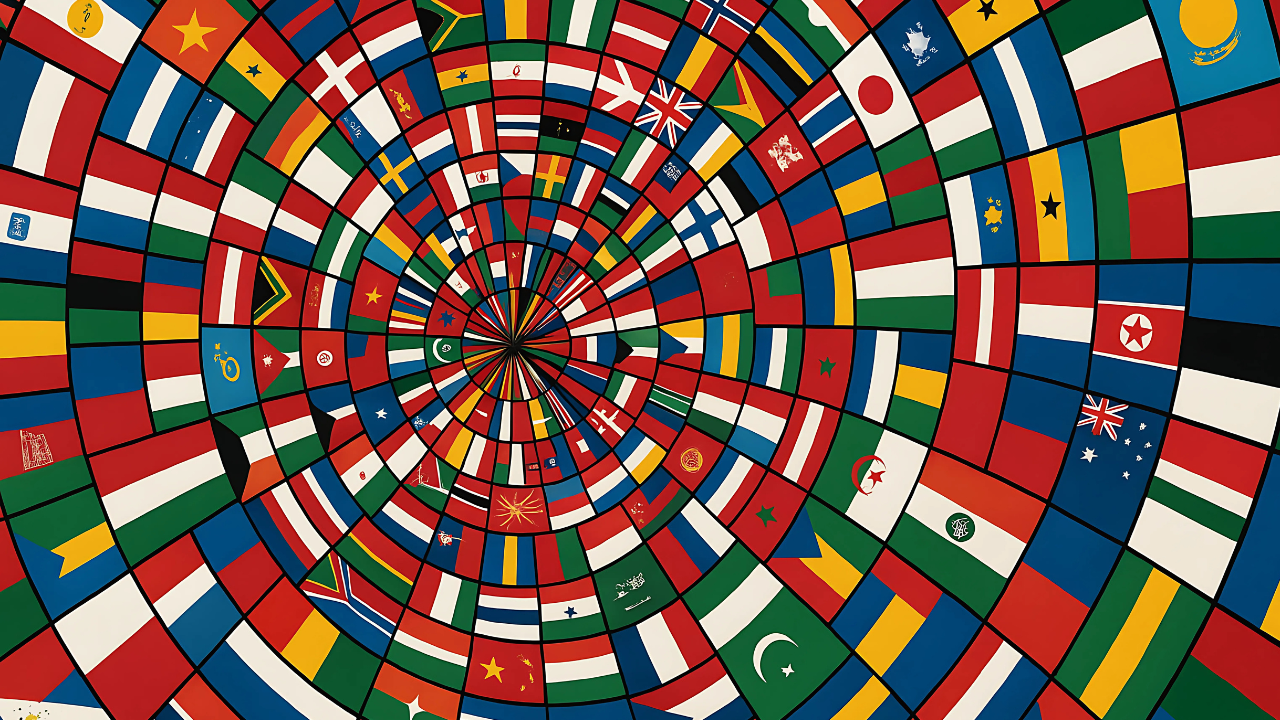Optical illusions have long fascinated humans, challenging our perception and revealing how the brain interprets the world around us. These visual puzzles are not just entertaining; they also offer insights into cognitive processes and selective attention. The latest viral challenge dares viewers to find the hidden Canada flag in a complex image—within just 10 seconds. Only a tiny fraction, about 1%, manage to spot the flag in time, highlighting the difficulty and fascination of such tests.
How Optical Illusions Work
What Makes Optical Illusions So Tricky?
Optical illusions exploit the brain’s tendency to take shortcuts when processing visual information. Our eyes send raw data to the brain, which interprets it based on past experiences and expectations. Sometimes, this leads to misinterpretations—objects that aren’t there seem real, or obvious elements are missed entirely.
Types of Optical Illusions
-
Gestalt Organization: The brain organizes visual elements into meaningful wholes, sometimes seeing shapes that aren’t actually present, like the Kanizsa triangle.
-
Figure-Ground Illusion: The mind struggles to separate the main object (figure) from the background (ground), as seen in the famous Rubin vase illusion.
-
Depth Perception Illusion: The brain interprets two-dimensional images as three-dimensional, causing misjudgments of size and distance.
The Hidden Canada Flag Challenge

How the Challenge Works
The “find the Canada flag” illusion presents viewers with a busy image filled with repetitive patterns, colors, or shapes. Somewhere within this visual maze, the iconic maple leaf flag of Canada is cleverly concealed. The challenge is to locate it within 10 seconds—a feat only 1% of people accomplish.
Why Is It So Hard?
This type of illusion relies on pattern recognition and attentional blindness. The overwhelming repetition of similar elements tricks the brain into scanning quickly and missing the anomaly. Our minds are wired to detect patterns and ignore small irregularities, making it easy to overlook the hidden flag.
Cognitive Science Behind the Challenge
Pattern Recognition and Selective Attention
When faced with a complex image, the brain prefers predictability. It scans for familiar patterns, filtering out minor differences. This is why spotting the odd one out—like a hidden flag—requires focused attention and a slower, more deliberate scan.
Attentional Blindness
Attentional blindness occurs when we fail to notice something obvious because our attention is focused elsewhere. In the context of this challenge, the repetitive background distracts from the hidden flag, making it difficult to detect.
Why Time Constraints Increase Difficulty
Adding a time limit, such as 10 seconds, heightens the challenge. The pressure to spot the flag quickly forces the brain to rely even more on pattern recognition, increasing the likelihood of missing the target4.
Tips for Spotting the Hidden Canada Flag
Slow Down and Focus
Instead of scanning the image quickly, take your time to examine each section carefully. This reduces the risk of attentional blindness and increases your chances of spotting the flag.
Scan Row by Row or Column by Column
Systematically scanning the image—row by row or column by column—can help break the illusion of uniformity and reveal the hidden element.
Look for Color and Shape Anomalies
The Canada flag is distinct in color (red and white) and shape (rectangle with a maple leaf). Look for these unique features among the repetitive background.
Why People Love Optical Illusion Challenges
A Test of Observation and Perception
These challenges are popular because they test our observation skills and cognitive flexibility. Solving them provides a sense of accomplishment and can be a fun, quick mental workout.
Shareable and Accessible
Optical illusion puzzles are easy to share and require no special equipment, making them accessible to people of all ages. They are great conversation starters and social media fodder
Frequently Asked Questions
1. Why is it so hard to find the hidden Canada flag?
The repetitive background tricks your brain into scanning quickly and missing the anomaly, a phenomenon known as attentional blindness.
2. How can I improve my chances of spotting the flag?
Slow down, scan systematically, and look for color or shape differences where the flag might be hiding.
3. What does this challenge say about my brain?
If you spot the flag quickly, it may indicate strong attention to detail and sharp observational skills. If not, your brain is simply prioritizing pattern recognition over spotting irregularities.
